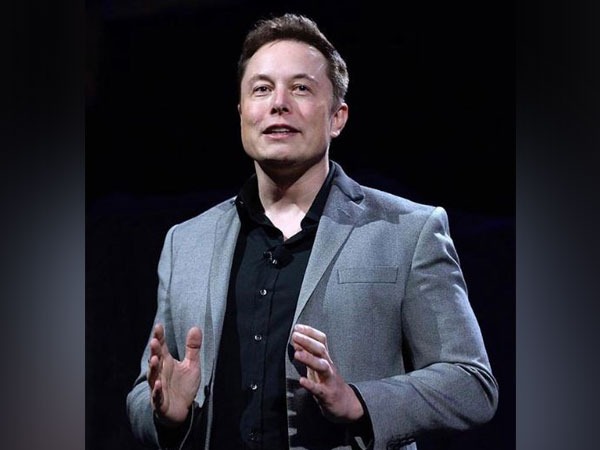SpaceX gets OK to try 2nd launch of massive Starship and Super Heavy
Nov 17, 2023

Orlando [Florida], November 17: The US Federal Aviation Administration (FAA) gave SpaceX the OK to go on its second attempt to launch its Starship and Super Heavy, and Elon Musk's company is aiming for a Friday morning liftoff of the massive test rocket.
"The FAA determined SpaceX met all safety, environmental, policy and financial responsibility requirements," according to an emailed statement.
Starship and Super Heavy's first attempt at a launch on April 20 ended up with significant destruction to the launch pad and the rocket being sent a self-destruct command after the Starship didn't separate from the Super Heavy first stage.
The FAA grounded the next-generation rocket as it worked through dozens of required fixes before allowing SpaceX a second try.
SpaceX issued a noise advisory for Friday morning stating it was targeting a 120-minute launch window from its Boca Chica, Texas launch facility Starbase beginning at 8 am (1300 GMT).
"Residents of Cameron County and those in the nearby area may hear a loud noise resulting from the rocket's 33 Raptor engines firing upon ignition and as the vehicle launches toward space, but what people experience will depend on weather and other conditions," SpaceX stated.
It said it would begin a live broadcast of its operations about 30 minutes before liftoff at spacex.com/launches and on its feed on X [formerly Twitter].
The FAA said it had approved all aspects of the proposed launch, which will see the combined Starship and Super Heavy once again launch out over the Gulf of Mexico generating more than 17 million pounds of thrust in an attempt to reach an orbital trajectory.
While it had previously signed off on the safety aspects of the operation, the FAA was awaiting the report of the launch's environmental impact.
"After consultation with the U.S. Fish and Wildlife Service [FWS] and a written evaluation of the 2022 Programmatic Environmental Assessment, the FAA concluded there are no significant environmental changes," the FAA stated.
Musk had last month poked fun at having to wait on FWS for his rocket launch, posting to X, "I would like to buy a license for my fish."
Plans are for Starship to separate from Super Heavy and for that booster to fall back for a hard landing in the Gulf of Mexico while Starship continues on a trajectory around about 2/3 of the Earth for its own hard water landing in the Pacific Ocean north of Hawaii about 90 minutes after launch.
This authorization applies to just this second attempt, and future launches will require more licensing.
Starship is SpaceX's replacement for its Falcon 9 and Falcon Heavy rockets. Test launches will be initially from Texas, but SpaceX is building out the apparatus to support Starship launches from Kennedy Space Center's Launch Complex 39-A [in in Merritt Island, Florida] as well.
NASA has a vested interest in SpaceX achieving success with Starship as it has contracted with Musk's company to be the human landing system for the Artemis program's first attempt to return humans to the surface of the moon, a mission currently on NASA's roadmap for December 2025.
SpaceX has to cycle through dozens of Starship launches, though, for what aims to eventually be the first completely reusable launch system with both the Super Heavy booster and Starship landing vertically.
Source: Qatar Tribune









